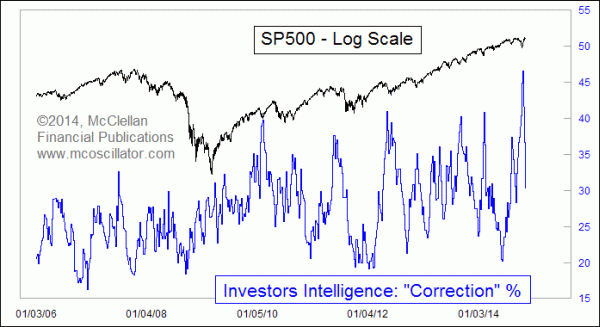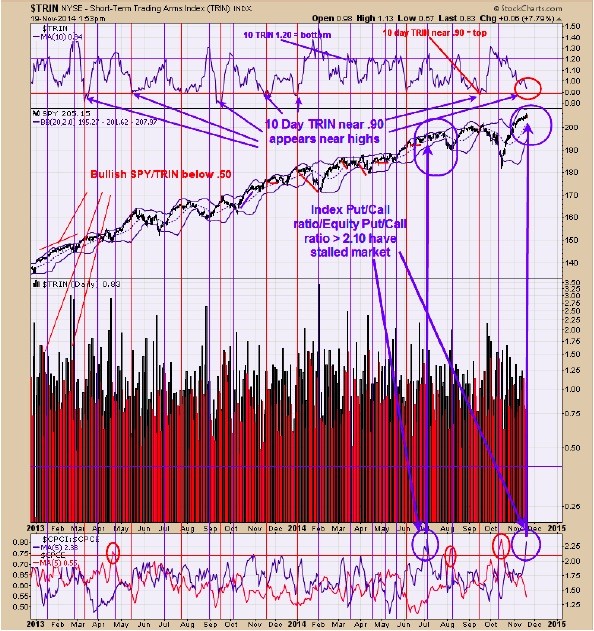TBond Open Interest Peak Looming Free Weekly Technical Analysis Chart McClellan Financial
Post on: 26 Май, 2015 No Comment

Free Chart In Focus email
Privacy. We don’t blitz you with marketing or share your email.
It is time again to look to a fascinating signal from T-Bond futures open interest, one which gives really reliable signals, but only for a fraction of the time. There is a really interesting price behavior that I have noticed in relation to this open interest peak, which I want to share with you this week.
Every quarter, we have an expiration of T-Bond futures contracts. And in the month before that expiration, there is typically a peak in total open interest among all T-Bond futures contracts. That peak is related to the turnover out of the expiring contract and into the next quarters contract. The peak in total open interest tends to arrive around the 26 th to 29 th calendar day of the month preceding the quarterly expiration.
That is all interesting as a phenomenon of the T-Bond futures market, but it has importance also for price behavior. What I have noticed is that in the days following the open interest peak on the 26 th to 29 th of the month before expiration, T-Bond prices tend to show a reliable price decline.
The duration of that price decline is somewhat variable, lasting in recent instances between 5 to 11 trading days. And the behavior leading up to the price decline is also variable. Sometimes there is a price advance into the peak in open interest; other times, the open interest peak just marks a pause point in an ongoing price decline, which then continues after the open interest peak is done.
The consistent point, though, is that there is a price decline in T-Bond futures for several days following the quarterly spike in open interest. And that spike can be expected to occur at some point between the 26 th and 29 th day of the month prior to each quarterly futures contract expiration.
Exactly how that peak will transpire this time is a little bit more in doubt than normal. Nov. 26 is the Wednesday before the Thanksgiving holiday, and then there is only one more trading day on Friday Nov. 28 before the end of the month. So trying to pinpoint exactly which day will see the open interest peak, and thus which day from which to mark our count of 5 to 11 trading days is a tough puzzle to solve in advance.
If your data provider does not have this data easily for you to access, then you can go every day to this CME Group site and scroll down part way to where you see the data for US 30 YEAR US TREASURY BOND FUTURES. Thats not an optimal way to gather data, but it can be done.

But for those willing to put in the effort to count the total open interest among December, March, and June T-Bond futures, you should be able to see the open interest peak as it happens, given of course the one-day lag in reporting of volume and open interest numbers for all futures contracts. So once the peak in open interest becomes evident, we should be able to look for a reliable decline in T-Bond prices lasting from 5 to 11 trading days.
Thats not much, and certainly not enough on which to base an entire trading system. This is something which I have shown before in our twice monthly McClellan Market Report newsletter and in our Daily Edition. and I will be tracking this next iteration there. THIS IS NOT a trade recommendation. But when a phenomenon like this comes around reliably every quarter, it is a nice pattern to notice and try to take advantage of. Then again, now that I have revealed it to the world, its reliability is suddenly cast into doubt.
Tom McClellans 1 st Rule of Technical Analysis states: A phenomenon will tend to remain in effect only until noticed, especially if one writes about it. And if one bases his entire plan on it working again, then it will assuredly fail.
Tom McClellan
Editor, The McClellan Market Report














